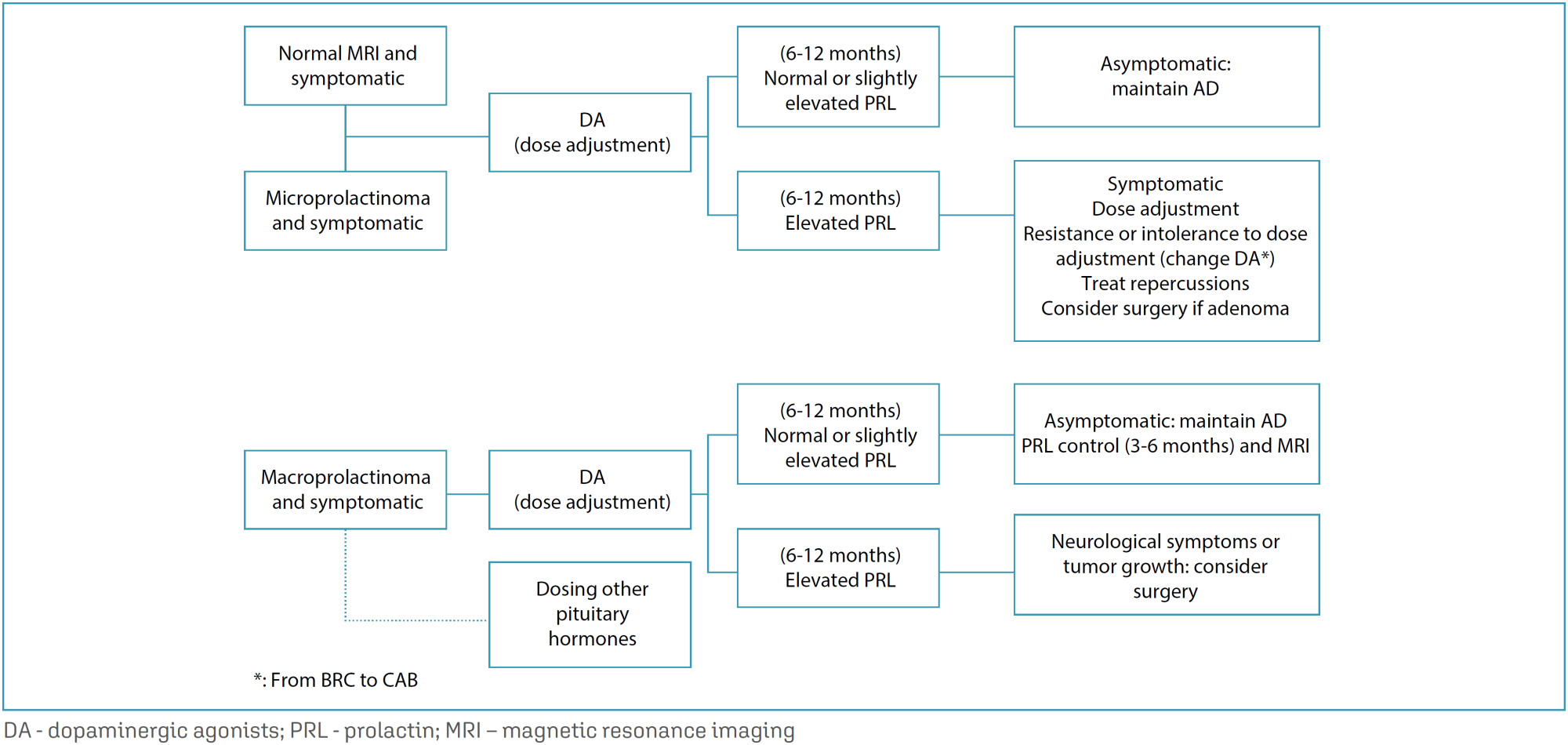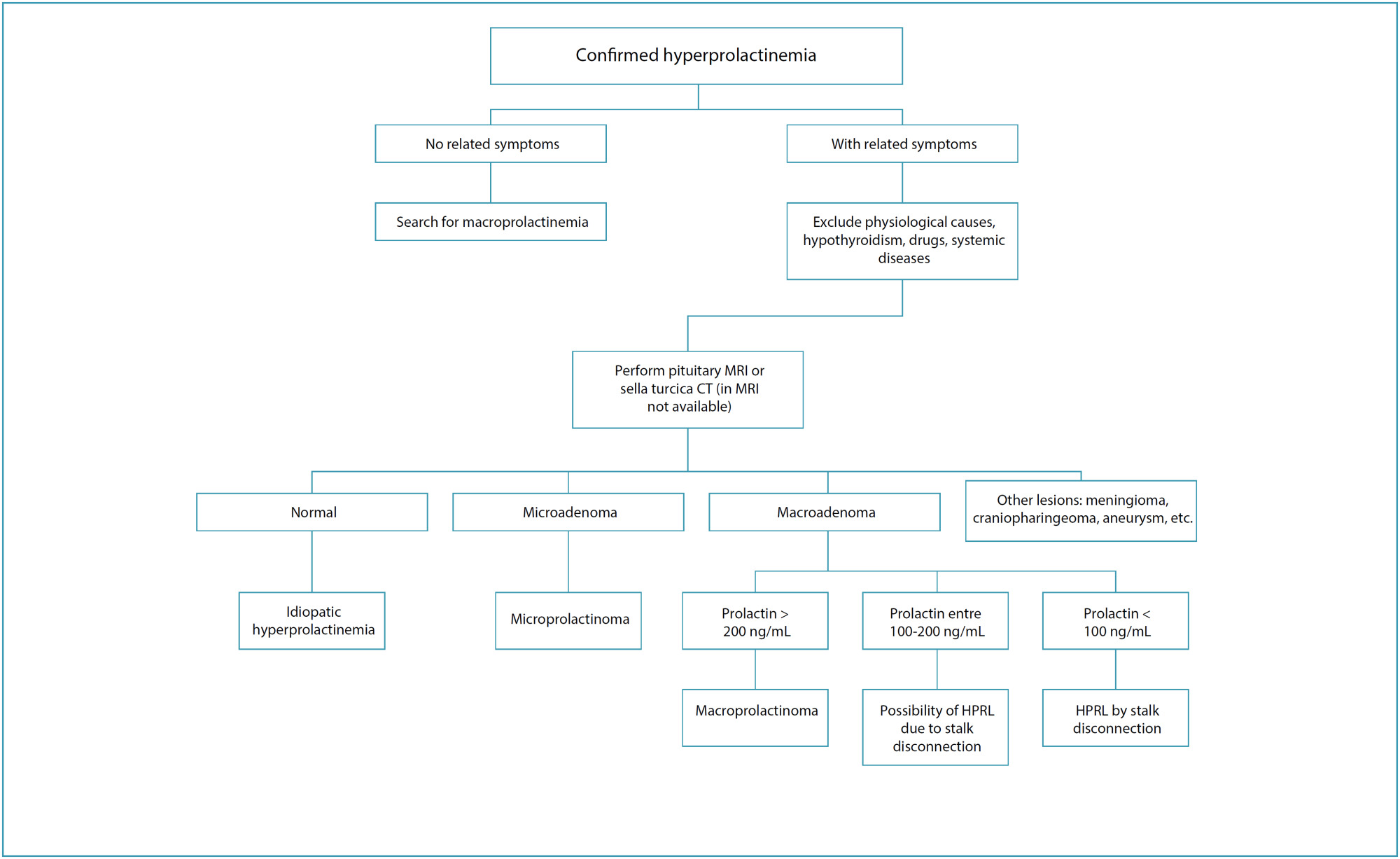-
Trabalhos Originais
Use of Verapamil in Chronic Hypertensive Pregnant Women: flow Analysis of Uterine Arteries and Umbilical Artery
Revista Brasileira de Ginecologia e Obstetrícia. 2000;22(5):265-274
01-04-2000
Summary
Trabalhos OriginaisUse of Verapamil in Chronic Hypertensive Pregnant Women: flow Analysis of Uterine Arteries and Umbilical Artery
Revista Brasileira de Ginecologia e Obstetrícia. 2000;22(5):265-274
01-04-2000DOI 10.1590/S0100-72032000000500003
Views103See morePurpose: this study, using verapamil, a slow calcium channel blocker, was a randomized, clinical, double blind and placebo controlled trial, whose objective was to observe if there was a uteroplacental and fetoplacental flow variation during its chronic oral use. Methods: 123 patients were accompanied: study group (n = 61), submitted to verapamil 240 mg/day and control group (n = 62), submitted to placebo. These patients were randomized into groups of four women and treatment or placebo was given for thirty days. A flow examination of the uterine arteries and umbilical artery through doppler-velocimetry was recorded. The values of resistance (RI) and pulsatility index (PI) and of the systole/diastole ratio (S/D) of the arteries were compared after the drug administration calculating means and standard deviations. Results: the verapamil group showed RI = 0.82 (0.28), PI = 1.06 (0.12) and S/D = 2.42 (0.51) in the uterine arteries. The placebo group showed RI = 0.75 (0.35), PI = 1.00 (0.18) and S/D = 2.30 (0.38). When we analyzed the umbilical artery, the verapamil group showed RI = 0.73 (0.12), PI = 1.04 (0.13) and S/D = 2.94 (0.32). The placebo group showed RI = 0.70 (0.14), PI = 1.03 (0.07) and S/D = 3.02 (0.78). The statistical analysis of the differences of the means by the F ratio showed that there was no difference between these two groups. Conclusion: this study indicates the use of verapamil for chronic hypertensive pregnants since it does not provoke damage to the uterine and fetal blood flow.
PlumX Metrics
- Citations
- Citation Indexes: 2
- Policy Citations: 1
- Usage
- Full Text Views: 9457
- Abstract Views: 773
- Captures
- Readers: 3
-
Trabalhos Originais
Comparative Study of Maternal and Perinatal Outcomes among Patients with Pregestational Type I and Type II Diabetes
Revista Brasileira de Ginecologia e Obstetrícia. 2000;22(5):257-263
01-04-2000
Summary
Trabalhos OriginaisComparative Study of Maternal and Perinatal Outcomes among Patients with Pregestational Type I and Type II Diabetes
Revista Brasileira de Ginecologia e Obstetrícia. 2000;22(5):257-263
01-04-2000DOI 10.1590/S0100-72032000000500002
Views112See morePurpose: to evaluate the evolution of gestation, metabolic control and perinatal outcome of pregestational diabetic patients and to perform a comparative study of the results of patients with insulin-dependent diabetes (type I) and non-insulin-dependent diabetes (type II). Methods: retrospective analysis of 57 pregestational diabetic woman charts who began a prenatal follow-up in the Service of Maternofetal Medicine of the Maternidade-Escola Assis Chateaubriand of the Universidade Federal do Ceará, in the period from January 1995 to December 1998. The 57 pregnant women included in the study were divided into groups: the first, composed of 28 patients with insulin-dependent diabetes (type I), and the second with 29 pregnant women with non-insulin-dependent diabetes (type II), controlled with diet or with oral hypoglycemics before pregnancy. Results: there was no statistically significant difference between the two groups in relation to the need of hospitalization for glycemia control (39.2% x 27.5%) and maternal complications, such as: chronic arterial hypertension (14.2% x 27.5%), pregnancy-induced hypertension (14.2% x 17.2%), premature rupture of membranes (3.5% x 10.3%), urinary tract infection (10.7% x 6.8%), and preterm labor (3.5% x 6.8%). However, episodes of maternal hypoglycemia were more frequent among insulin-dependent patients (35.7% x 3.4%). The perinatal results were similar. We observed a great number of congenital anomalies and increased perinatal morbidity and mortality. Conclusion: there was no difference in the incidence of obstetric and clinical complications between insulin-dependent and non-insulin-dependent patients, except for maternal hypoglycemia.
PlumX Metrics
- Citations
- Citation Indexes: 1
- Usage
- Full Text Views: 12636
- Abstract Views: 1322
- Captures
- Readers: 14
-
Editorial
Gravidez na Adolescência
Revista Brasileira de Ginecologia e Obstetrícia. 2000;22(5):256-256
01-04-2000
Summary
EditorialGravidez na Adolescência
Revista Brasileira de Ginecologia e Obstetrícia. 2000;22(5):256-256
01-04-2000 -
Resumos de Tese
Relação entre o fator de crescimento endotelial vascular tumoral e o CA 125 plasmático em pacientes com neoplasias epiteliais do ovário
Revista Brasileira de Ginecologia e Obstetrícia. 1999;21(7):423-423
08-07-1999
Summary
Resumos de TeseRelação entre o fator de crescimento endotelial vascular tumoral e o CA 125 plasmático em pacientes com neoplasias epiteliais do ovário
Revista Brasileira de Ginecologia e Obstetrícia. 1999;21(7):423-423
08-07-1999DOI 10.1590/S0100-72031999000700012
Views43Relação entre o Fator de Crescimento Endotelial Vascular Tumoral e o CA 125 Plasmático em Pacientes com Neoplasias Epiteliais do Ovário […]See more -
Resumos de Tese
Avaliação da imunoexpressão do anticorpo monoclonal MIB-1 no epitélio mamário adjacente ao fibroadenoma de mulheres no menacme tratadas com tamoxifeno
Revista Brasileira de Ginecologia e Obstetrícia. 1999;21(7):423-423
08-07-1999
Summary
Resumos de TeseAvaliação da imunoexpressão do anticorpo monoclonal MIB-1 no epitélio mamário adjacente ao fibroadenoma de mulheres no menacme tratadas com tamoxifeno
Revista Brasileira de Ginecologia e Obstetrícia. 1999;21(7):423-423
08-07-1999DOI 10.1590/S0100-72031999000700013
Views49Avaliação da Imunoexpressão do Anticorpo Monoclonal MIB-1 no Epitélio Mamário Adjacente ao Fibroadenoma de Mulheres no Menacme Tratadas com Tamoxifeno […]See more -
Resumos de Tese
Avaliação dos efeitos vasculares do 17beta: estradiol sobre as artérias uterinas de mulheres na pós-menopausa através da dopplervelocimetria transvaginal colorida
Revista Brasileira de Ginecologia e Obstetrícia. 1999;21(7):422-422
08-07-1999
Summary
Resumos de TeseAvaliação dos efeitos vasculares do 17beta: estradiol sobre as artérias uterinas de mulheres na pós-menopausa através da dopplervelocimetria transvaginal colorida
Revista Brasileira de Ginecologia e Obstetrícia. 1999;21(7):422-422
08-07-1999DOI 10.1590/S0100-72031999000700011
Views47Avaliação dos Efeitos Vasculares do 17b – Estradiol sobre as Artérias Uterinas de mulheres na pós-menopausa através da Dopplervelocimetria Transvaginal Colorida […]See more -
Resumos de Tese
Estudo da citometria de fluxo e de outras variáveis prognósticas em carcinoma invasivo da mama
Revista Brasileira de Ginecologia e Obstetrícia. 1999;21(7):422-422
08-07-1999
Summary
Resumos de TeseEstudo da citometria de fluxo e de outras variáveis prognósticas em carcinoma invasivo da mama
Revista Brasileira de Ginecologia e Obstetrícia. 1999;21(7):422-422
08-07-1999DOI 10.1590/S0100-72031999000700010
Views42Estudo da Citometria de Fluxo e de outras Variáveis Prognósticas em Carcinoma Invasivo da Mama […]See more -
Relato de Caso
Squamous cell carcinoma of the breast tissue: a case report
Revista Brasileira de Ginecologia e Obstetrícia. 1999;21(7):419-421
08-07-1999
Summary
Relato de CasoSquamous cell carcinoma of the breast tissue: a case report
Revista Brasileira de Ginecologia e Obstetrícia. 1999;21(7):419-421
08-07-1999DOI 10.1590/S0100-72031999000700009
Views84See moreSquamous cell carcinoma of the mammary tissue is a very rare neoplasm, representing less than 1% of all breast carcinomas. The present study reports a case of squamous cell carcinoma of the breast, treated at the Hospital Araújo Jorge/ACCG. The tumor diagnosis, treatment and prognosis are also discussed.
Search
Search in:
Tag Cloud
Pregnancy (252)Breast neoplasms (104)Pregnancy complications (104)Risk factors (103)Menopause (88)Ultrasonography (83)Cesarean section (78)Prenatal care (71)Endometriosis (70)Obesity (61)Infertility (57)Quality of life (55)prenatal diagnosis (51)Women's health (48)Postpartum period (46)Maternal mortality (45)Pregnant women (45)Breast (44)Prevalence (43)Uterine cervical neoplasms (43)





